Fujifilm X100V promises to be the best and most beautiful camera in its class

Fujifilm X100V has received a new matrix, processor, viewfinder, tilt and touch screen, AF system and improved body. And although it is as beautiful as its predecessor, we are dealing with a completely new camera.
Fujifilm X100V is the fifth model of this esteemed series, which dates back to 2010. Each of them was liked for great design, high quality photos and small size. The new X100V is the most advanced of them. If you were to describe it in a nutshell - it's just a professional Fujifilm X-Pro3 in a much smaller housing and with a non-replaceable lens. Sounds great.
Interior with X-Pro3 and new but classic optics
The heart of Fujifilm X100V is the 26-megapixel APS-C X-Trans CMOS IV matrix, which works with the X-Processor 4 quad-core processor. This is a duo that has already been used in the leading Fujifilm X-Pro3 model. As a result, the new toddler offers practically identical parameters: ISO 160-12800 sensitivity range (expanded to ISO 80-51200) and 11 fps continuous shooting mode (20 fps in electronic shutter mode, and even 30 fps at tracking 1.25x). Although the X100 series cameras are not created for sports or nature photography, the possibility of such fast continuous shooting may be useful in attempts to capture street moments.
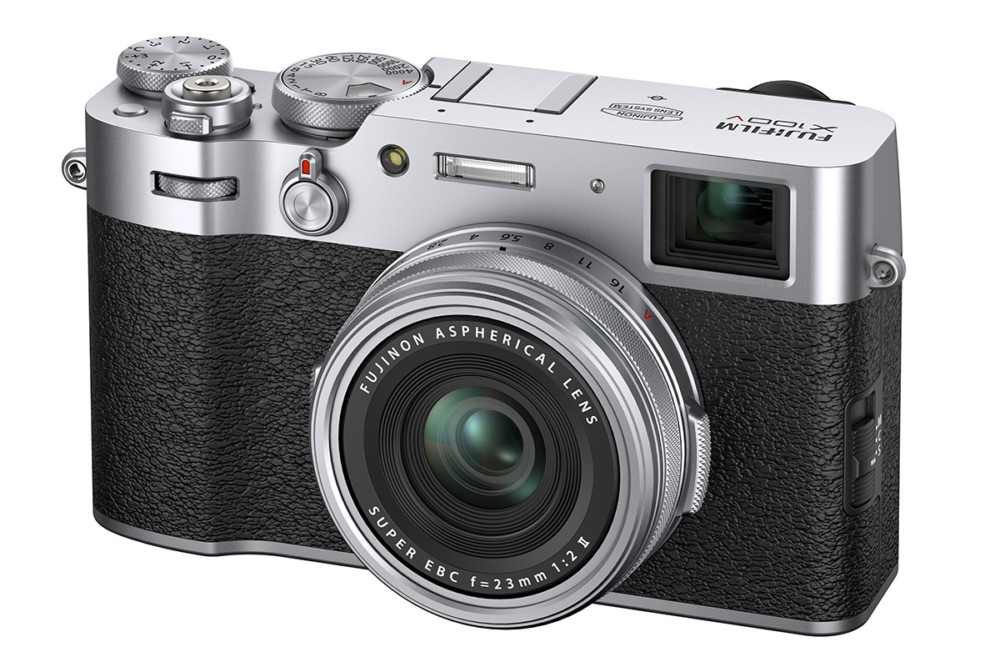
Fujifilm X100F, which I own, did not impress with the speed of AF in difficult lighting conditions. His successor should do much better, because he has several generations better AF system. This element was also transplanted with X-Pro3. The new Fujifilm X100V therefore has 425 phase detection points and the AF sensitivity is up to -5 EV. It did not take face and eye tracking systems.
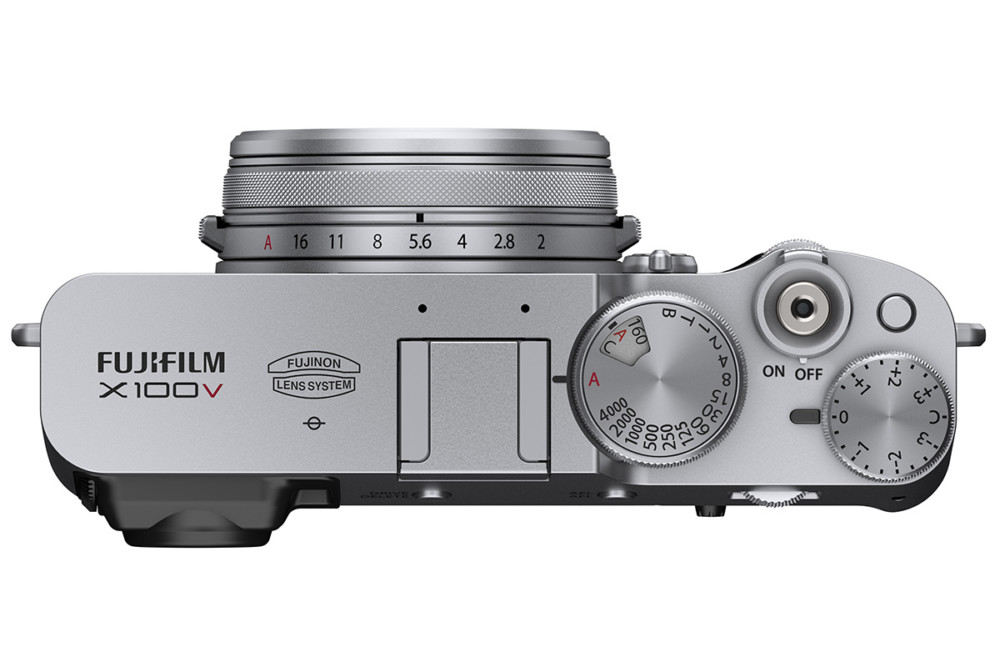
The X100 series cameras received new matrixes and capabilities, but still had the same lens. However, the X100V has completely new glass, although with the same focal length of 23 mm and aperture f / 2. The redesigned lens guarantee better image quality, especially at low aperture values and in the frame corners, which is a problem for its predecessor. Unfortunately, it is not known whether the AF engine has been improved. The good news is that the camera offers a built-in ND gray filter with a range of four degrees, not three as usual. The new lens also allows the use of existing filters and adapters.
An interesting movie camera?
Cameras in this series have never been powerful in terms of video. Suffice it to say that the predecessor only offered Full HD movies. However, the Japanese manufacturer has made enormous progress in this respect. And so Fujifilm X100V impresses with its capabilities in video mode. Therefore, we have the option of recording 4K movies at 30 fps (up to 200 Mb / s) or Full HD at up to 120 fps. Unfortunately, the recording time is only 10 minutes in 4K or 15 minutes in FHD.
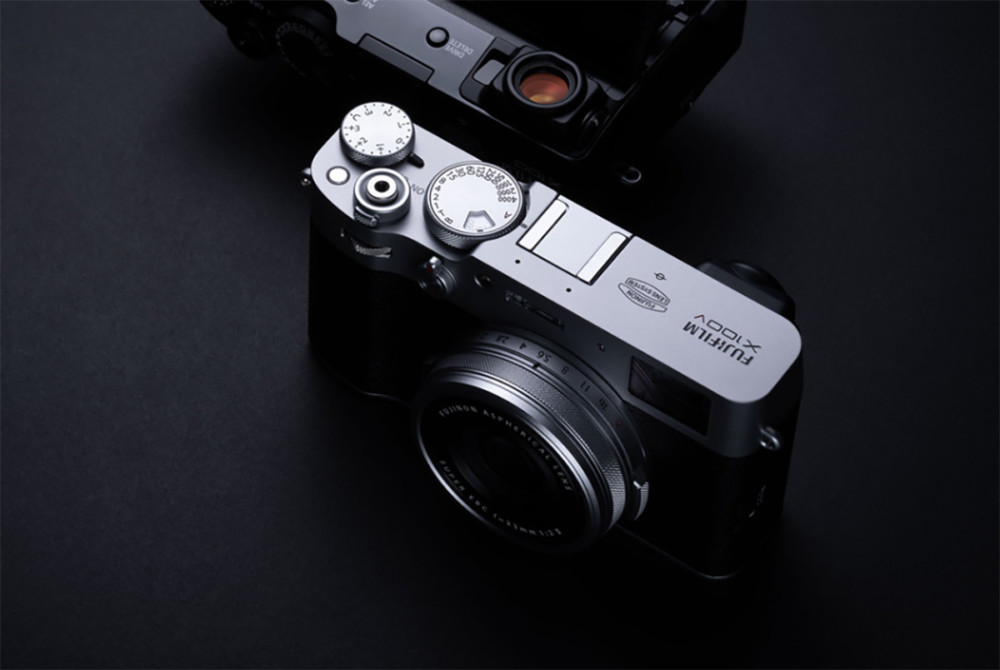
There was also a flat F-Log profile, but also the possibility of outputting 10-bit 4: 2: 2 material via HDMI. The body is also equipped with sockets for connecting a microphone (2.5 mm port) and headphones (USB-C in front of the adapter). The performance of the AF system remains an open question. Either way, the X100V can be a really interesting video recording tool, e.g. while traveling or as a spare, additional camera with a classic focal length. It's equipment that you can put in your jacket pocket and it's hardly heavy on your arm. These are the huge advantages of this small camera.
Refreshed housing and tilting screen. That was missing here
Although the Fujifilm X100V has dimensions of 128 × 75 x 53 mm, which is virtually identical to its predecessor, you can see many changes on the housing. The upper and lower parts are made of aluminum, while the predecessor used magnesium alloy. The body is sealed.
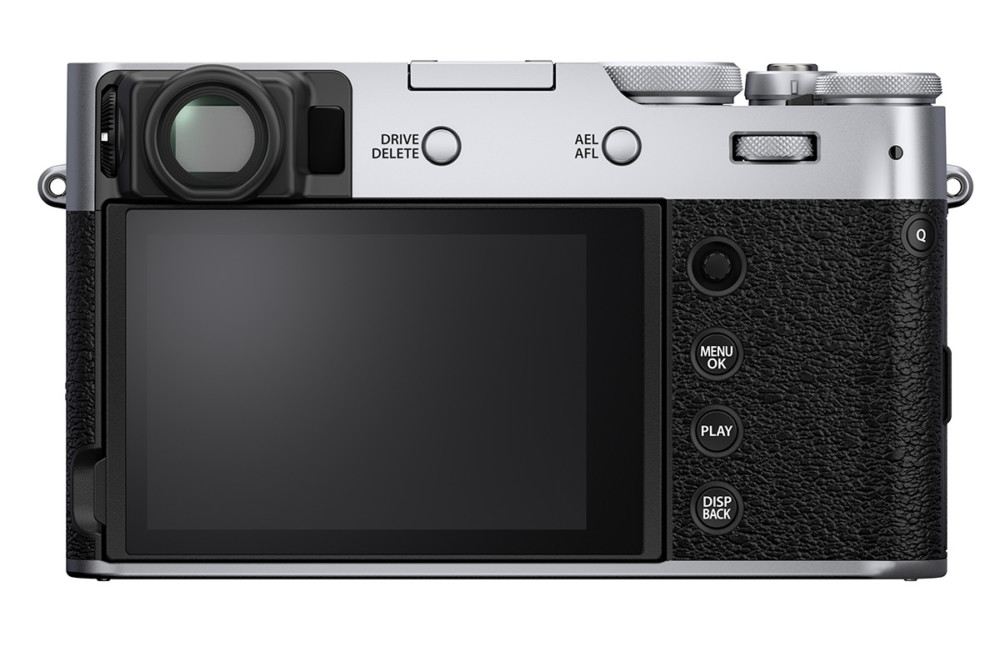
For the first time in the history of this series, the camera received a tilted touch screen. This is a 3-inch panel with a resolution of 1.62 million points (1.04 million points in the X100F). The viewfinder was also taken from the X-Pro3. The camera has a hybrid viewfinder, i.e. two viewfinders in one: electronic and optical. The first is an OLED panel with a resolution of 3.69 million points (2.36 million points in X100F). The second offers an approximation of 0.52x and 95% frame coverage (0.50x / 92% in X100F).
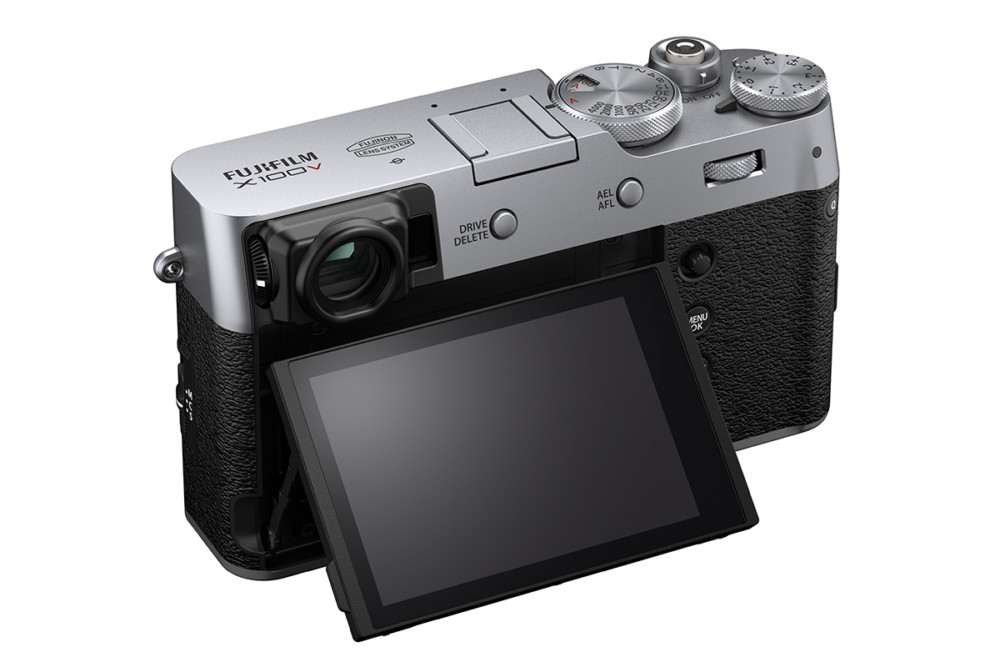
The Japanese manufacturer consistently removes the universal selector on the rear of the new models and the Fujifilm X100V is no exception. Its functions are to be largely replaced by a touch screen. Surely the camera looks much better, but is ergonomics improving? In theory, it makes sense, but you have to check it in practice.

Fujifilm X100V uses the same battery as other cameras of the X series. The lithium-ion battery NP-W126S will allow a slightly longer working time: up to 350/420 photos depending on whether we use an electronic or optical viewfinder. The predecessor offered 270/390 photos.
Fujifilm X-100V is not cheap
Fujifilm X-100V will hit stores in February at a price of around $ 1,400 or $ 100 more than X100F on release day. In direct conversion it gives about 5500 PLN. The X100F cost about PLN 6,000, so I would expect the price of X100V at about PLN 6,500.
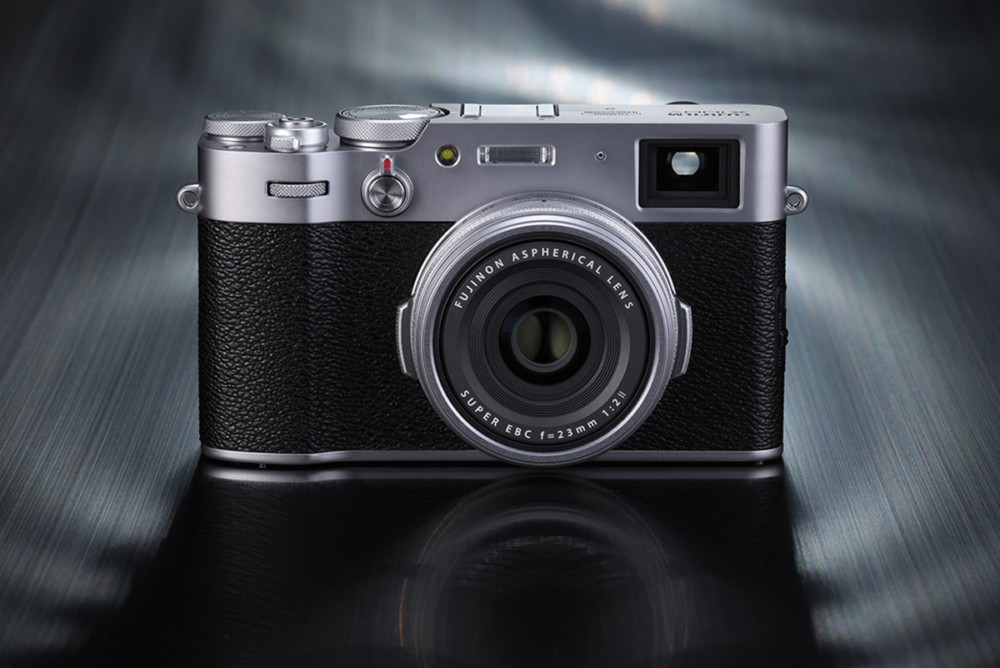
The X100 series cameras have never been cheap for APS-C equipment. The new Fujifilm X-100V is not cheap either. On the other hand, we don't have many cameras of this type on the market. In a sense, the competitive Leica Q2 with full frame and legendary optics costs over 18,000. zł.
Fujifilm X100V promises to be the best and most beautiful camera in its class
Comments
Post a Comment